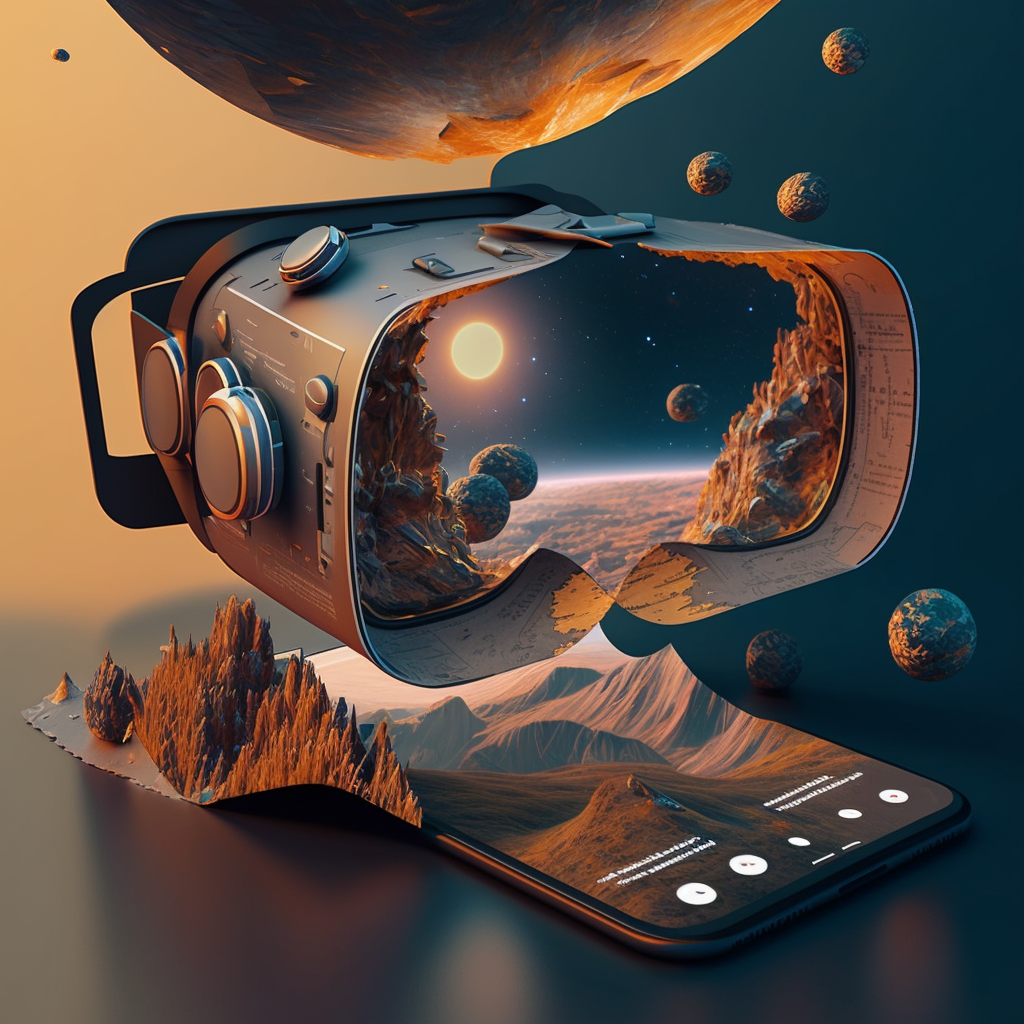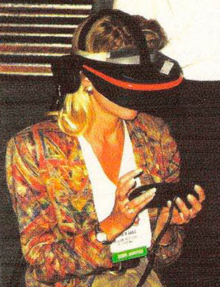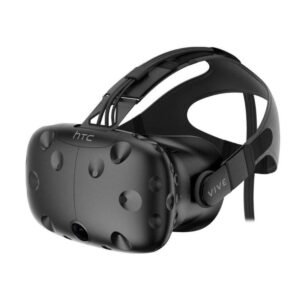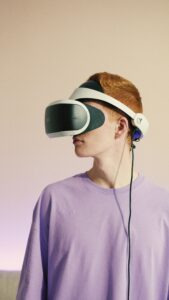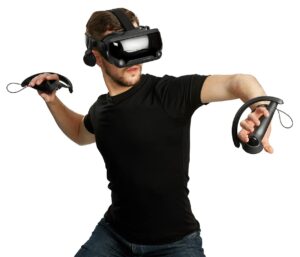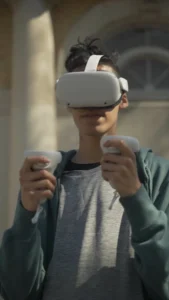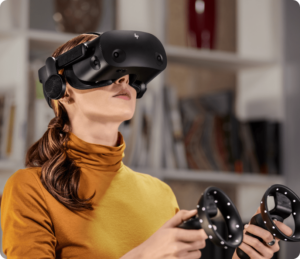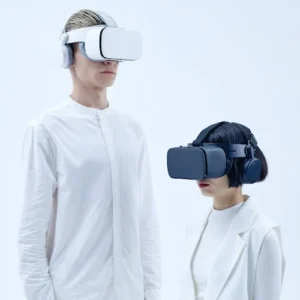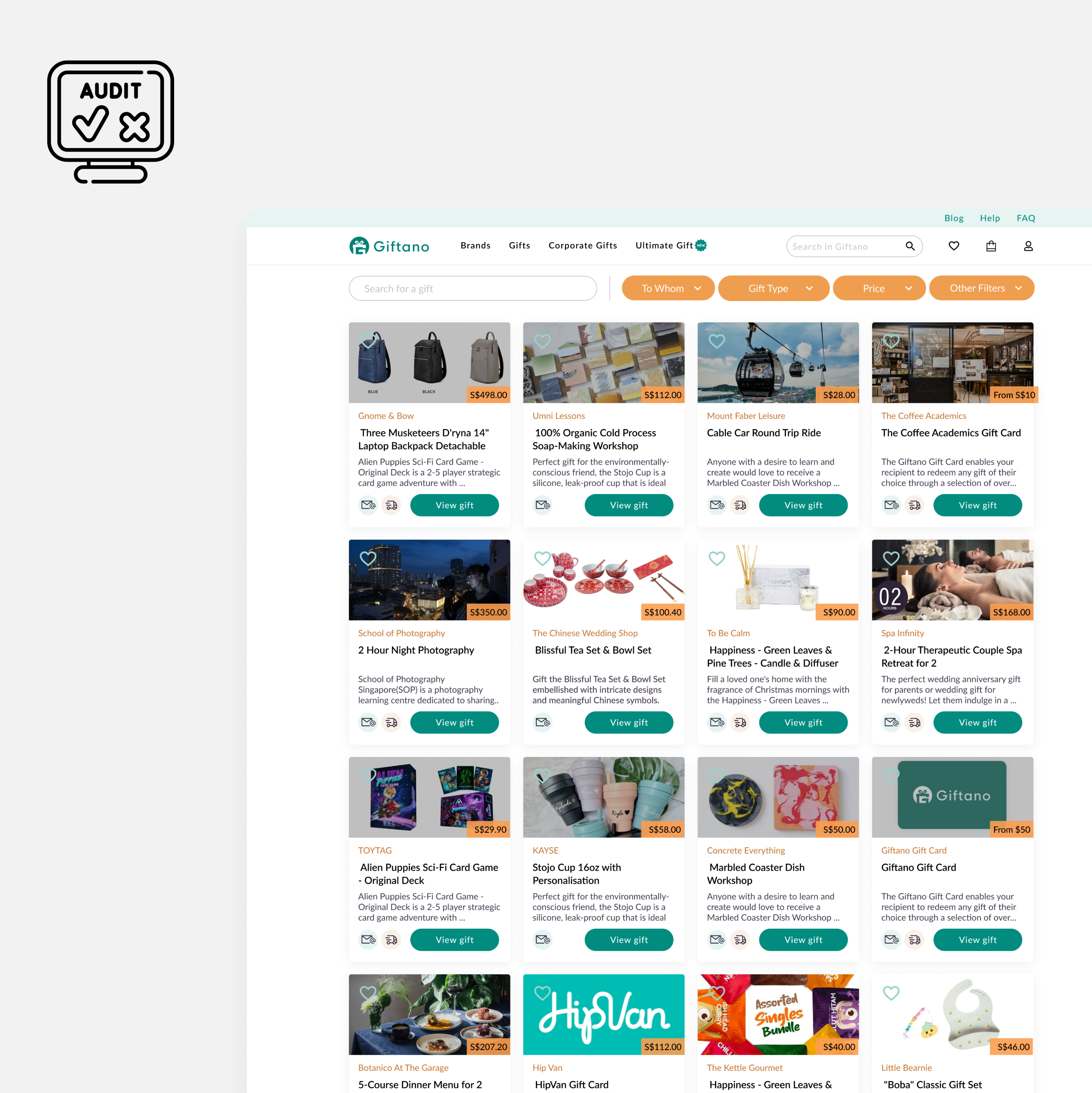
Menu
From The Sword of Damocles to Oculus Quest: The Evolution of Virtual Reality
Virtual Reality (VR) has been a subject of fascination for decades, promising to transport us to entirely new worlds and experiences. Although the concept of virtual reality has been around for some time, it is only in recent years that the technology has evolved to a point where it can provide truly immersive experiences. From early experiments in the 1960s to the latest Oculus Quest, the history and evolution of virtual reality is a fascinating journey that has led to some incredible innovations in the field. In this article, we will take a look at the major milestones in the history of virtual reality and explore how it has evolved over time.
